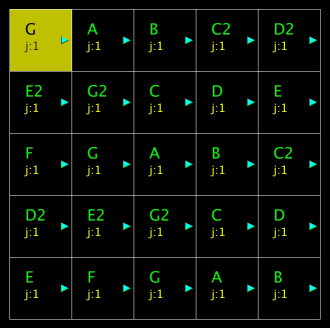Minimal Lunar Eclipse
This is a minimalist composition inspired by Steve Reich’s “Piano Phase” (1967).
It can be performed by two musicians playing the same instrument or two different instruments. The score is simply a bar in 6/8 with 12 sixteenth notes; the tempo should be between 60 and 75 beats per minute.

The measure is repeated continuously at the fixed tempo, but in chunks of increasing length. Initially, only the first note is repeated, then the first two notes, then the first three, and so on. During the performance, the lengths of the chunks played by the two players become different and this can generate interesting and mesmerizing polyrhythms.

